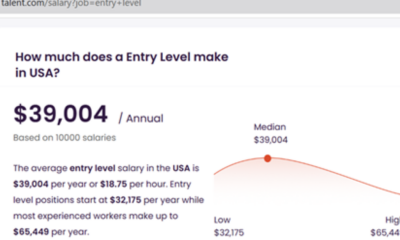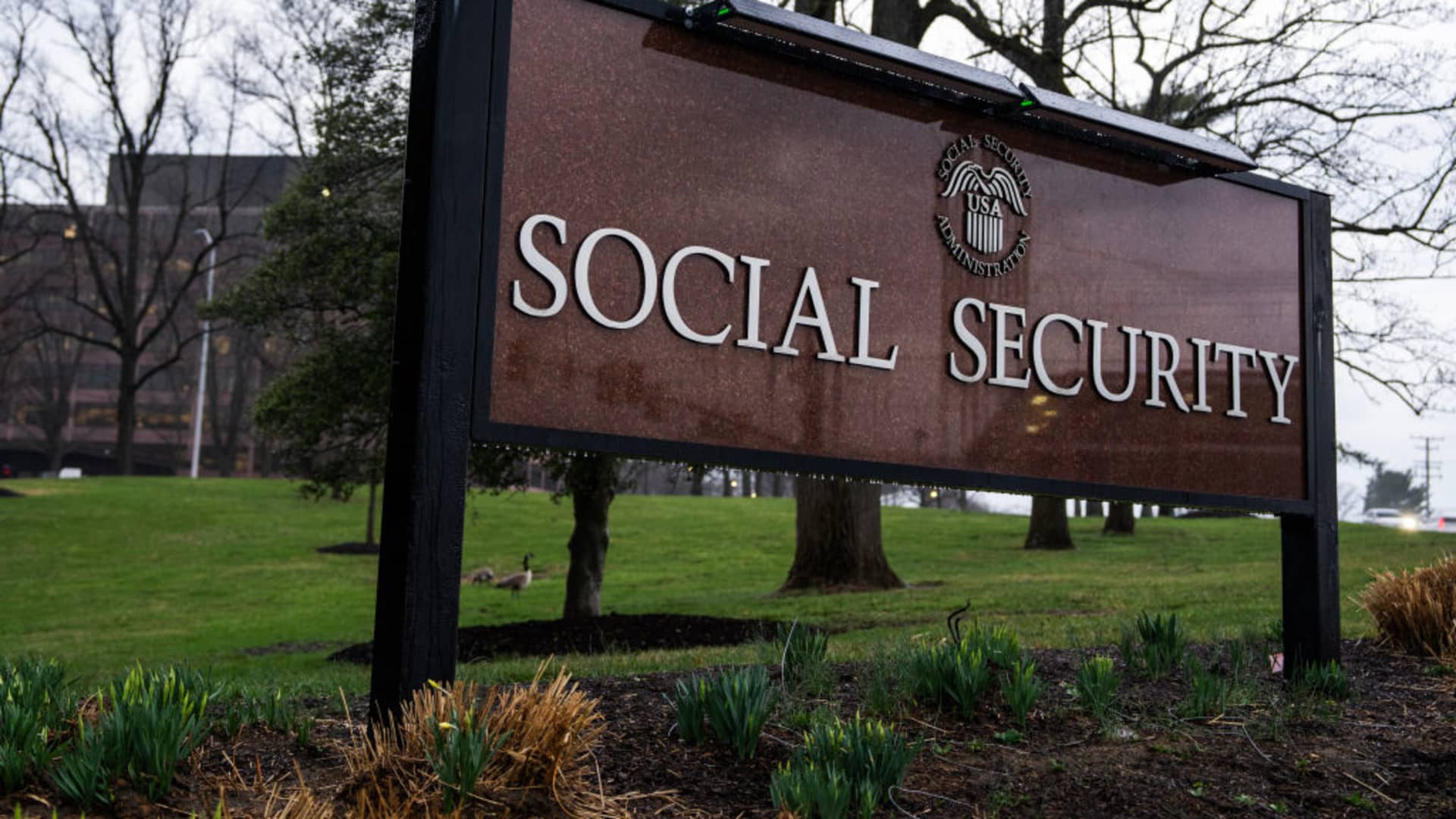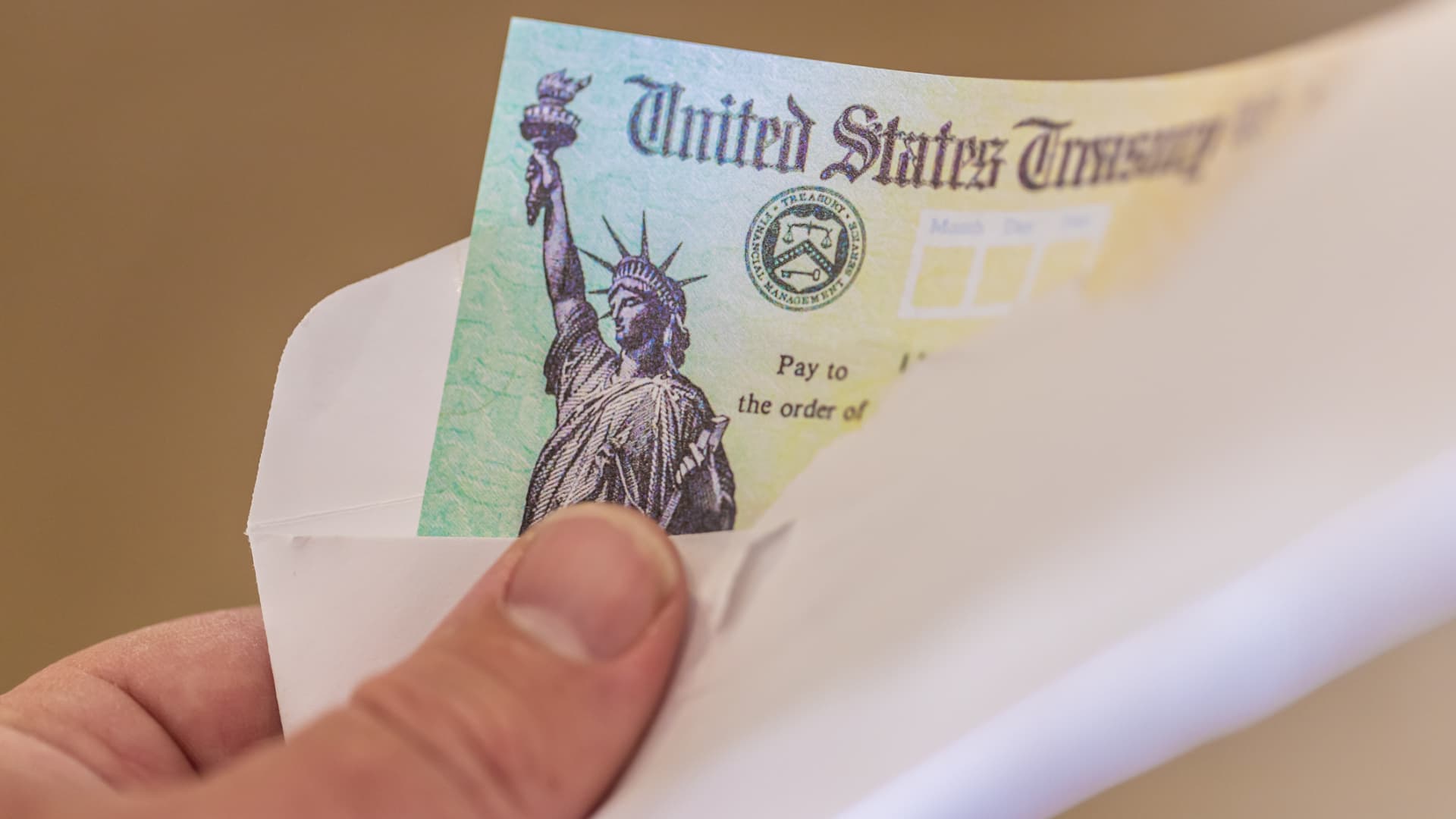Treasury Secretary Janet Yellen following a tour of the Financial Crimes Enforcement Network (FinCEN) in Vienna, Virginia, on Jan. 8, 2024.
Valerie Plesch/Bloomberg via Getty Images
Small businesses and their owners could face penalties of $10,000 or more if they don’t comply with a new U.S. Treasury Department reporting requirement by year’s end — and evidence suggests many haven’t yet complied.
The Corporate Transparency Act, passed in 2021, created the requirement. The law aims to curb illicit finance by asking many businesses operating in the U.S. to report beneficial ownership information to the Treasury’s Financial Crimes Enforcement Network, also known as FinCEN.
Many businesses have a Jan. 1, 2025 deadline to submit an initial BOI report.
This applies to about 32.6 million businesses, including certain corporations, limited liability companies and others, according to federal estimates.
The Treasury Department did not respond to CNBC’s request for comment on the number of BOI reports that had been filed to date.
The data helps identify the people who directly or indirectly own or control a company, making it “harder for bad actors to hide or benefit from their ill-gotten gains through shell companies or other opaque ownership structures,” according to FinCEN.
“Corporate anonymity enables money laundering, drug trafficking, terrorism and corruption,” Treasury Secretary Janet Yellen said in a January announcement of the BOI portal launch.
More from Personal Finance:
Number of 401(k) plan and IRA millionaires hits record
The S&P 500 is up nearly 30% for the year
Many people can’t afford long-term care insurance
Here’s the kicker: Businesses and owners that don’t file may face civil penalties of up to $591 a day, for each day their violation continues, according to FinCEN. (The sum is adjusted for inflation.) Additionally, they can face up to $10,000 in criminal fines and up to two years in prison.
“To a small business, suddenly you’re staring at a fine that could sink your business,” said Charlie Fitzgerald III, a certified financial planner based in Orlando, Florida, and a founding member of Moisand Fitzgerald Tamayo.
The federal government had received about 9.5 million filings as of Dec. 1, according to statistics FinCEN provided to the office of Rep. French Hill, R-Arkansas, who has called for the repeal the Corporate Transparency Act. Hill’s office shared the data with CNBC.
That figure is about 30% of the estimated total.
FinCEN was receiving a volume of about 1 million new reports per week as of early December, Hill’s office said.
Many businesses may not be aware
Nitat Termmee | Moment | Getty Images
A “beneficial owner” is a person who owns at least 25% of a company’s ownership interests or has “substantial control” of the entity.
Businesses must report information about their beneficial owners, like name, birth date, address and information from an ID such as a driver’s license or passport, in addition to other data.
Companies that existed prior to 2024 must report by Jan. 1, 2025. Those created in 2024 have 90 calendar days to file from their effective date of formation or registration; those created in 2025 or later have 30 days.
Corporate anonymity enables money laundering, drug trafficking, terrorism, and corruption.
Janet Yellen
U.S. Treasury Secretary
There are multiple exceptions to the requirement: For example, those with more than $5 million in gross sales and more than 20 full-time employees may not need to file a report.
Many exempt businesses — like large companies, banks, credit unions, tax-exempt entities and public utilities — already furnish similar data.
Brian Nelson, under secretary for terrorism and financial intelligence for the Treasury Department, said in an interview at the Hudson Institute earlier this year that the agency was “on a full court press” to spread awareness about the BOI registry, which opened Jan. 1, 2024.
But it seems many business owners either aren’t complying with or aware of the requirement, despite outreach efforts.
The scope of national compliance is “bleak,” the S-Corporation Association of America, a business trade group, said in early October.
The “vast majority” of businesses hadn’t yet filed a report, “meaning millions of small business owners and their employees will become de facto felons come that start of 2025,” it said.
Enforcement is up in the air
Bevan Goldswain | E+ | Getty Images
However, the situation isn’t quite that grim, others said.
For one, a federal court in Texas on Dec. 3 temporarily blocked the Treasury Department from enforcing the BOI reporting rules, meaning the agency can’t impose penalties while the court conducts a more thorough review of the rule’s constitutionality.
“Businesses should still be filing their information,” said Erica Hanichak, government affairs director at the Financial Accountability and Corporate Transparency Coalition. “The deadline itself hasn’t changed. It just changes enforcement of the law.”
The government is expected to appeal, and enforcement “could resume” if the injunction is reversed, wrote attorneys at the law firm Fredrikson.
Additionally, Treasury said it would only impose penalties on a person (or business) who “willfully violates” BOI reporting.
The agency isn’t out for “gotcha enforcement,” Hanichak said.
“FinCEN understands this is a new requirement,” it said in an FAQ. “If you correct a mistake or omission within 90 days of the deadline for the original report, you may avoid being penalized. However, you could face civil and criminal penalties if you disregard your beneficial ownership information reporting obligations.”


 Accounting6 days ago
Accounting6 days ago
 Accounting1 week ago
Accounting1 week ago
 Accounting1 week ago
Accounting1 week ago
 Economics6 days ago
Economics6 days ago
 Finance1 week ago
Finance1 week ago
 Economics4 days ago
Economics4 days ago
 Personal Finance1 week ago
Personal Finance1 week ago
 Personal Finance1 week ago
Personal Finance1 week ago












